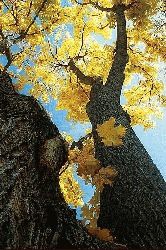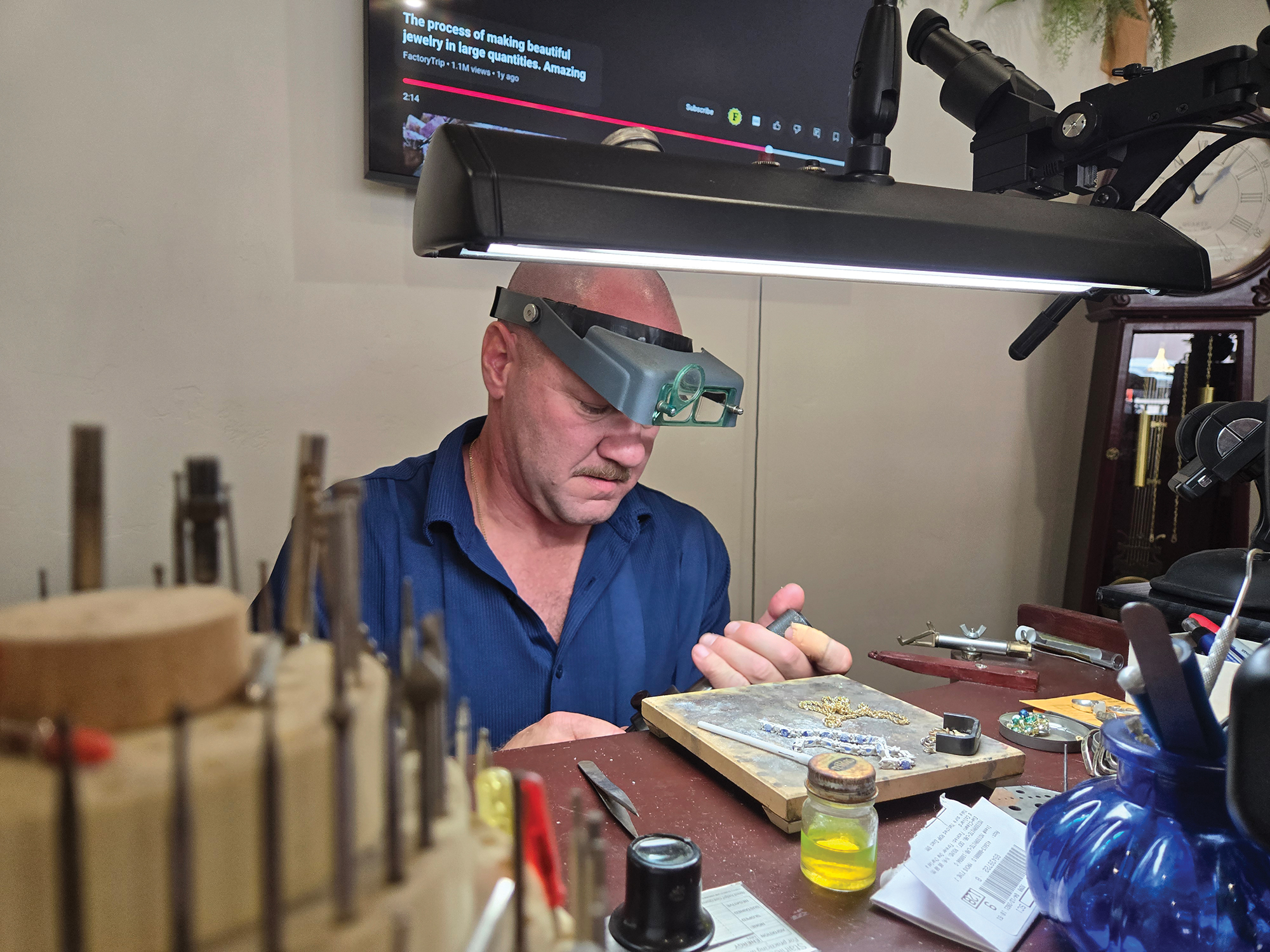Baker (Tree) City USA
Published 12:00 am Thursday, April 25, 2002

- Baker City’s commitment to trees has earned it the Tree City USA designation from the Arbor Day Foundation for 37 straight years.
By JAYSON JACOBY
Of the Baker City Herald
Baker City is on the thirsty side of Oregon, where sagebrush dominates and where many trees aren’t within binocular range of their nearest neighbor.
Yet few towns, even ones in those other parts of the state lousy with oaks and firs, maples and cedars, can top Baker City’s commitment to trees.
This is the 17th year in a row that the National Arbor Day Foundation has named Baker City a andquot;Tree City USA.andquot;
andquot;Baker was the first one over here (in Eastern Oregon),andquot; said Keith Long, a longtime member of the city’s tree board. andquot;There’s quite a commitment here.andquot;
For Long, who unabashedly admits that he andquot;just loves trees,andquot; that commitment starts on his own property.
On his half-acre plot on Washington Avenue, Long cares for 65 varieties of apple trees.
andquot;It’s a lot of work, but it’s real pretty when they’re in bloom,andquot; he said.
Long believes Baker City residents tend to pay a bit more attention to trees than their counterparts in other towns.
andquot;Everybody takes pride in their hometown,andquot; he said.
Part of that pride, and a requirement for Tree City USA status, is the appointment of a tree board to look after trees and shrubs on public rights-of-way.
Richard Pedersen, who has served as tree board chairman for the past three years, said he was enamored with Baker City’s trees long before he moved here five years ago.
He remembers vividly the late August afternoon in 1959 when he first drove into Baker City on Highway 30 (this was before Interstate 84 was built).
andquot;I noticed the trees then, and I said one of these days I’m going to live in Baker,andquot; Pedersen said.
andquot;I always had that in the back of my mind.andquot;
Pedersen, who later earned forestry degrees from Oregon State University and the University of Idaho, said that as his knowledge of trees grew, so too did his appreciation for Baker City’s leafy lanes and parks.
andquot;They’re quite attractive,andquot; he said.
The city will celebrate its Tree City USA designation during a public Arbor Day ceremony Friday at 2 p.m. at the skate park near Sam-O Swim Center, 580 Baker St.
Mayor Nancy Shark will receive a Tree City USA plaque and flag from Tim Keith of the Oregon Department of Forestry. Richard Pedersen, chairman of the city’s tree board, will speak, and participants will plant trees bought with a grant from the Baker/Morrow Partnership’s Youth Employment Project.
What is a Tree City?
Cities need to do much more than just plant a few seedlings on Arbor Day to earn a Tree City USA designation.
In addition to appointing a tree board, Tree Cities have to adopt an ordinance governing the care of trees on public property, and spend at least $2 per resident per year on tree-related projects, said Larry Rockenbrant, head of the city’s building department, which enforces the tree ordinance.
Just five other Oregon cities beat Baker City’s 17-year Tree City USA streak Salem (26 years), Portland (25), Eugene (23), Sunriver (22) and Rogue River (19).
Four members of that quintet lie west of the Cascade Mountains, where the climate is mild and moist ideal for most types of trees.
Of the five cities only Sunriver is east of the Cascades, the high range that intercepts 99 of every 100 raindrops and thus renders most of Oregon east of the Cascade crest an arid place where sage thrives but most trees (save the eternal juniper) struggle even to snare a roothold.
But to be fair, Sunriver, south of Bend, was platted right in the middle of a forest of ponderosa and lodgepole pine the town could have qualified as a Tree City even if none of its residents ever planted a single seedling.
Baker City, though, benefited neither from Western Oregon’s climatic good luck nor Sunriver’s built-in forest.
In 1864, the year Baker City’s first buildings were constructed, a government surveyor was mapping the area, said Gary Dielman, a local historian.
Dielman, who has a copy of the surveyor’s notes, said the only trees mentioned are the willows that grew along the meandering Powder River.
Pedersen said old photos of the townsite also show groves of big conifer trees probably ponderosa pines, he said.
Residents plant trees
In any case, surely not many years had passed before the new city’s residents were planting trees, and likely for the same reasons people do so today for shade and beauty and, as in Long’s case, for their sweet fruit as well.
Successive generations have maintained that tradition of trees, and today Baker City’s streets and sidewalks are shaded by most of America’s popular species (the majority of them, though, aren’t natives, but imports).
Along the river, willows still jut out over the water, in many places jostling for space with black cottonwoods.
We have elms, too, and locusts and maples and horse chestnuts and flowering plums and dozens of others.
Evergreens are well-represented too, by pines and firs of various types and of course by the blue spruce, that favorite city dweller that on the morning after a fall of snow defines the face of winter.
Although every city in Oregon has at least a few trees within its limits, Baker City is rare among Central and Eastern Oregon towns in achieving Tree City USA status.
Of Oregon’s 36 Tree Cities, just five are east of the Cascades Baker City, Sunriver, Madras, Echo and La Grande.






